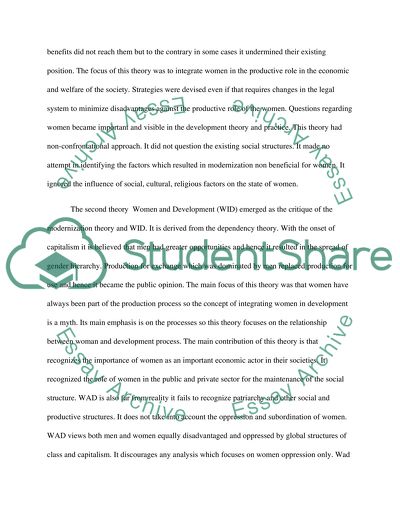Cite this document
(“Gender and development projects which focus only on women are doomed Essay”, n.d.)
Retrieved de https://studentshare.org/gender-sexual-studies/1408792-gender-and-development-projects-which-focus-only-on-women-are-doomed-to-fail
Retrieved de https://studentshare.org/gender-sexual-studies/1408792-gender-and-development-projects-which-focus-only-on-women-are-doomed-to-fail
(Gender and Development Projects Which Focus Only on Women Are Doomed Essay)
https://studentshare.org/gender-sexual-studies/1408792-gender-and-development-projects-which-focus-only-on-women-are-doomed-to-fail.
https://studentshare.org/gender-sexual-studies/1408792-gender-and-development-projects-which-focus-only-on-women-are-doomed-to-fail.
“Gender and Development Projects Which Focus Only on Women Are Doomed Essay”, n.d. https://studentshare.org/gender-sexual-studies/1408792-gender-and-development-projects-which-focus-only-on-women-are-doomed-to-fail.


